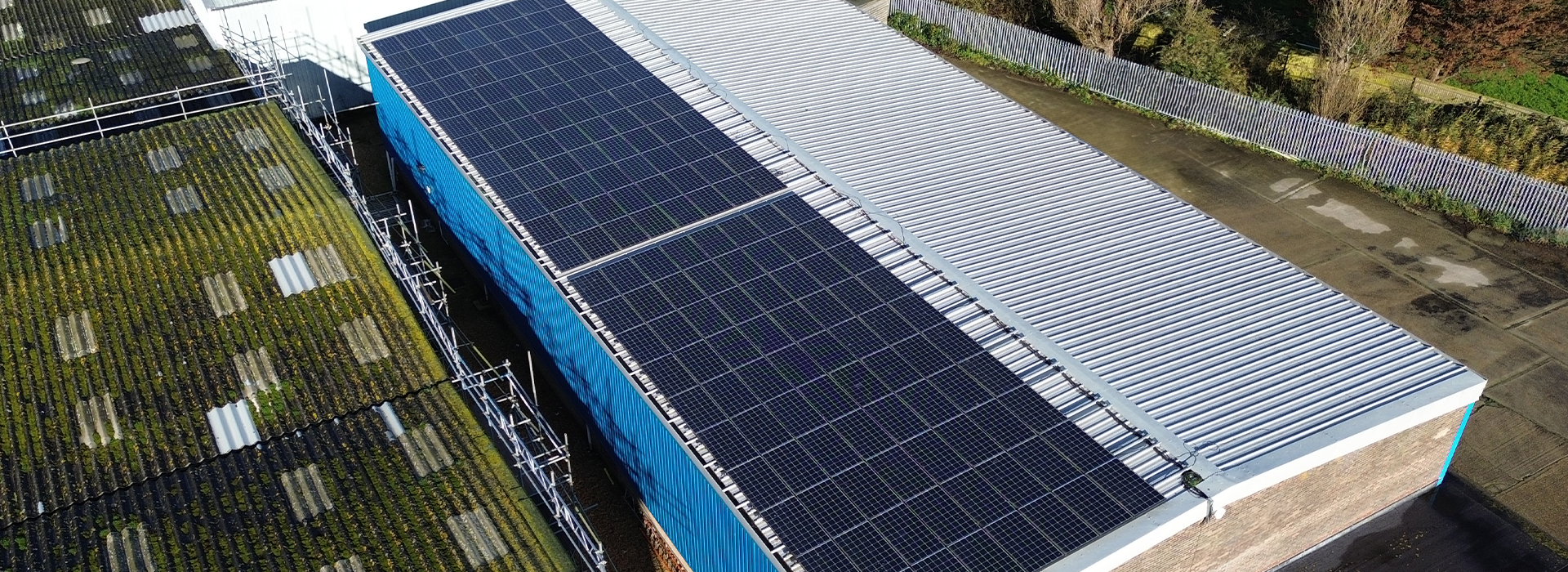Falls from height are one of the leading causes of accidents and fatalities in the workplace. As a result, the UK has strict regulations in place to protect workers from falling and suffering injuries. One such regulation is CEN/TS16415:2013, which sets out requirements for fall protection systems.
What is CEN/TS16415:2013?
CEN/TS16415:2013 is a European Technical Specification (TS) developed by the European Committee for Standardization (CEN) that provides guidance on the design, installation, and use of fall protection systems. The TS was developed by a committee of experts in the field and is designed to be used in conjunction with other regulations, such as the UK’s Work at Height Regulations 2005.
The purpose of CEN/TS16415:2013 is to provide a standardised approach to fall protection that can be used across the European Union. It sets out requirements for the design, installation, and use of fall protection systems, including anchor points, lifelines, and personal protective equipment (PPE).
The requirements in CEN/TS16415:2013 are based on the principle of preventing falls from height in the first place. This means that the design and installation of fall protection systems must take into account the specific hazards and risks associated with the work being carried out. For example, a fall protection system designed for roof work will be different from one designed for working on a tower.
What are the key requirements of CEN/TS16415:2013?
CEN/TS16415:2013 sets out a number of key requirements for fall protection systems. These include:
Risk assessment: A risk assessment must be carried out before any work at height is undertaken. This should identify the hazards and risks associated with the work and determine what measures need to be put in place to prevent falls.
Design: Fall protection systems must be designed to prevent falls from occurring. This means that they must be designed to be strong enough to support the weight of the worker and any equipment, and to withstand any forces that may be exerted on them.
Installation: Fall protection systems must be installed correctly by trained and competent persons. This includes ensuring that the system is anchored correctly and that it is installed in such a way that it will not fail if a fall occurs.
Inspection and maintenance: Fall protection systems must be inspected and maintained regularly to ensure that they remain in good condition and continue to provide adequate protection. This includes regular inspections of anchor points, lifelines, and PPE.
Training: Workers who are required to work at height must be trained in the use of fall protection systems and PPE. This includes training on how to inspect and use the equipment correctly.
Why is CEN/TS16415:2013 important?
CEN/TS16415:2013 is important because it provides a standardised approach to fall protection that can be used across the European Union. This means that workers who travel across different countries can be assured that they are working with fall protection systems that meet a consistent standard.
In addition, CEN/TS16415:2013 helps to ensure that fall protection systems are designed, installed, and used correctly, which reduces the risk of falls from height and the associated injuries and fatalities. By setting out clear requirements for fall protection, the TS helps to ensure that employers are meeting their legal obligations to protect their workers.
Conclusion
CEN/TS16415:2013 is an important regulation that provides guidance on the design, installation, and use of fall protection systems in the UK and across the European Union. The regulation sets out clear requirements for fall protection, including the



